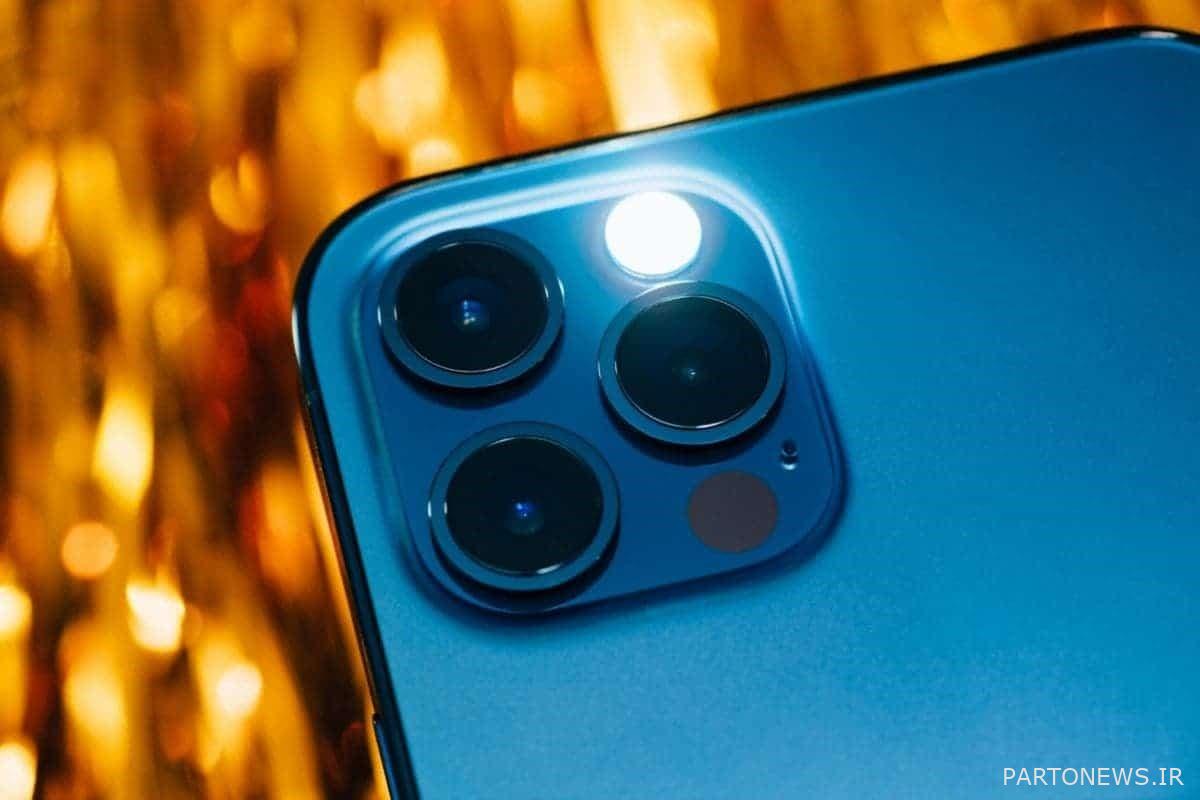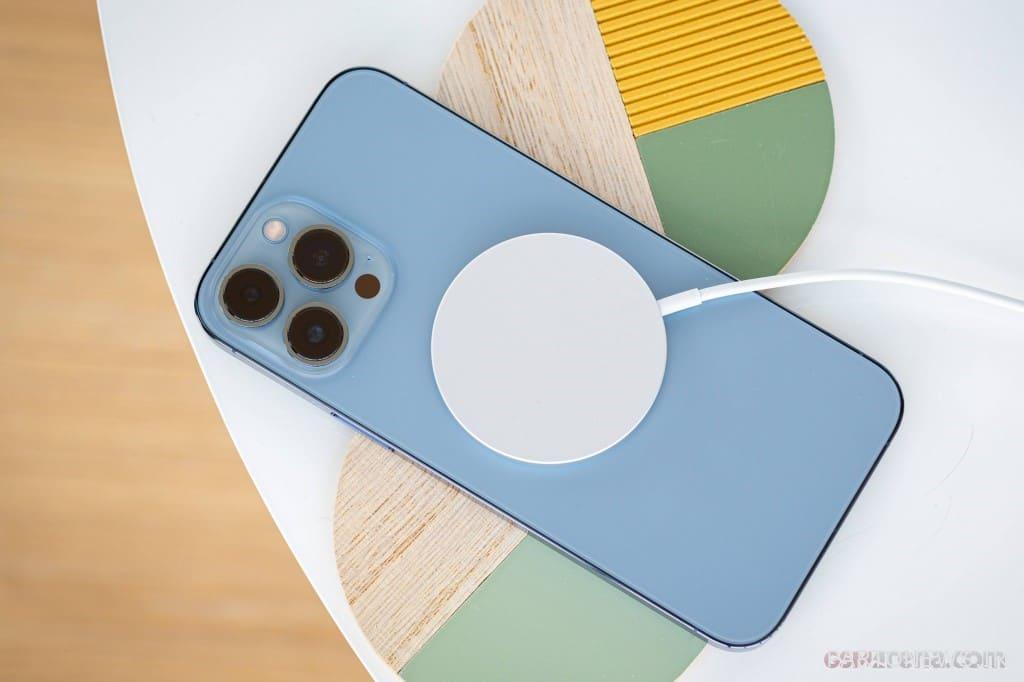Apple sold 10 million iPhones last weekend alone

The outbreak of the Quid 19 virus, which led to the closure of many chip factories around the world, has led to a shortage of semiconductor components that have disrupted many parts of the industry, but this is unlikely to deter customers. Buy gifts in the so-called sell season. According to Wedbush Securities analysts, Apple was able to sell more than 10 million iPhones last weekend alone, and it is also expected that about 40 million smartphones will be sold by the end of December (January 10, 1400), which is a very significant figure. . Along چیکاو Be.
Apple sold 10 million iPhones last weekend alone
According to information released by Wedbush Securities, Apple stores are still suffering from a shortage of iPhone 13 Pro smartphones. Demand for Apple iPhone 13 Series smartphones is now 15% higher than the supply of these smartphones, and the waiting time for the order lasts for weeks. In total, according to the results of the fourth quarter of the calendar, Apple can sell more than 80 million smartphones. According to this source, in China alone, at least 15 million iPhones can be sold in December (December 11 to January 10, 1400).
Experts say the shortage of chips will have a temporary effect on the availability of smartphones for sale, and demand for iPhone pre-sales could support Apple’s long-term financial performance. Wedbush Securities said the company’s new fiscal year begins in October (October 9 to November 9) on the company calendar and could sell nearly 100 million fully wireless AirPods over the next 12 months. These products are expected to account for more than 5% of Apple’s total revenue in fiscal year 2022.
Apple overtook Vivo in smartphone sales in China in October
According to a report shared on Nikkei Asia, TSMC will begin production of the first 5G modems designed by Apple. So they can be included in the iPhones that will be released in 2023. So this will be the result of the Cupertino giant’s long-term domestic effort to gain independence from players like Qualcomm or Intel.
Read more

In addition, in 2019, Apple bought a large stake in its mobile phone from Intel, focusing on the development of fourth- and fifth-generation communications chips and modems, the 4G and 5G. At the time, this was a way to speed up what had already been done by Cook’s teams. The Japanese newspaper notes that according to its four sources; The iPhone maker is developing components to control radio frequencies and millimeter waves. In addition to the modem, Apple is also working on its own power management chip that will be used specifically for the modem.
The disclosure of this new data is in line with the latest rumors that have been raised or published in this regard. Therefore, it is currently predicted that Apple will soon be able to launch its modem production program. The report also confirms that Apple’s goal is to be able to use the modems that it designs and manufactures in its 2023 production phones.
In addition, Qualcomm announced a few weeks ago details of Apple’s plan to design and build its own modems. The American chip giant has confirmed that Apple intends to make sure that it produces its own modems before 2023 so that it can use these gadgets in the 2023 iPhones. Of course, Qualcomm also implicitly mentioned that it hopes to still be able to produce modems for at least 20% of Apple iPhone smartphones that year.

Therefore, it can be concluded that Apple, despite all its efforts, will still not be able to produce 5G modems as much as it needs in 2023. Another noteworthy point is that Apple iPhones will be produced in 2023 with two types of modems. In some markets, the iPhone will be offered with Apple’s own modem, but in other markets, iPhones equipped with Qualcomm modems will be offered. . According to the SoC giant, however, Apple will continue to do so, at least initially using Qualcomm modems for multiple markets.
The trial production phase of these Apple modems has already started and they will benefit from 5-nanometer technology. If TSMC plans go ahead of schedule, Apple chips will switch to 4nm technology early next year, while the 2022 iPad and 2023 iPhones will have access to the 3nm lithography process.

